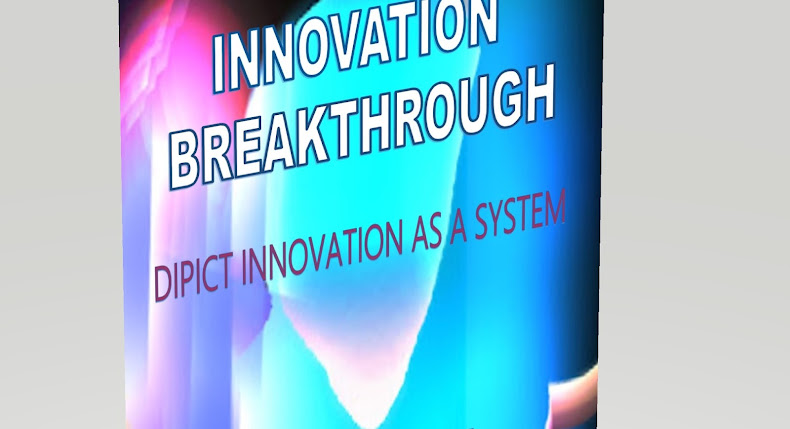A 'Hybrid' Mind with both Creativity and Analytics can better adapt to a Hybrid World.
Analytics is a
multi-faceted discipline that attracts individuals from many backgrounds,
with many skill-sets and psychological preferences. Some are analytical by
nature (although this may cover preferences for numbers, patterns, systems or
for pondering philosophical issues) while others have become analytical as part
of a need or desire to broaden their capabilities or address specific
issues.
- Creativity is multi-faceted as well. Having accepted the variations in Analytics, we must acknowledge that creativity is also a concept with many facets. Anyone can be trained to express some level of creativity since problem solving skills are a basic element of the human 'tool-kit'. The question is how does the individual best express their creativity given their innate preferences, their experience and their specific circumstances?
- The key is to having an open and inquiring mind to be a great analytic talent, going out of your way to both absorb input from others and explore possibilities and to develop confidence in expressing ideas. There are flashes of inspiration of significant value from individuals normally intently focused on very discrete data issues and who rarely even provide input to discussions of problems. Alternatively, there’s “stuck” moment when seasoned analytics professionals spend hours staring at a problem, unable to get beyond a simple framing of the issue despite having a track record of solving issues or improving situations.
- One cannot be a good analytical professional without creativity. Analysts solve problems day in day out, they need to imagine them in their contexts, imagine what can be done with the data, and possible solutions. They also need to create applications for their art, re-engineer processes and improve businesses.
- Almost every job needs some level of analytics and creativity in modern society. Being creative does not necessarily mean you have to be the artist, if curiosity is the soil for creativity, then; everyone could be creative in certain moment; same as analytics, it’s not the case only 'bean counters' or 'IT geeks' know how to do analytics, the secret source is to well mix both ingredients (creativity and analytics) accordingly.

- For effective decision support analytics, creativity is required in at least two areas: first at the computational level, and then at the visual display of results metrics. Examples of these would be the creation of graph theory based data stores and the operation on them, and a three dimensional Augmented Reality display of computational results in monographic form.











































0 comments:
Post a Comment